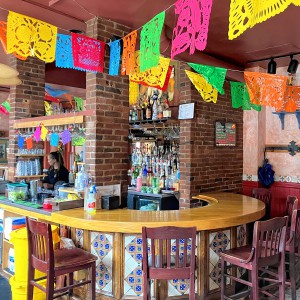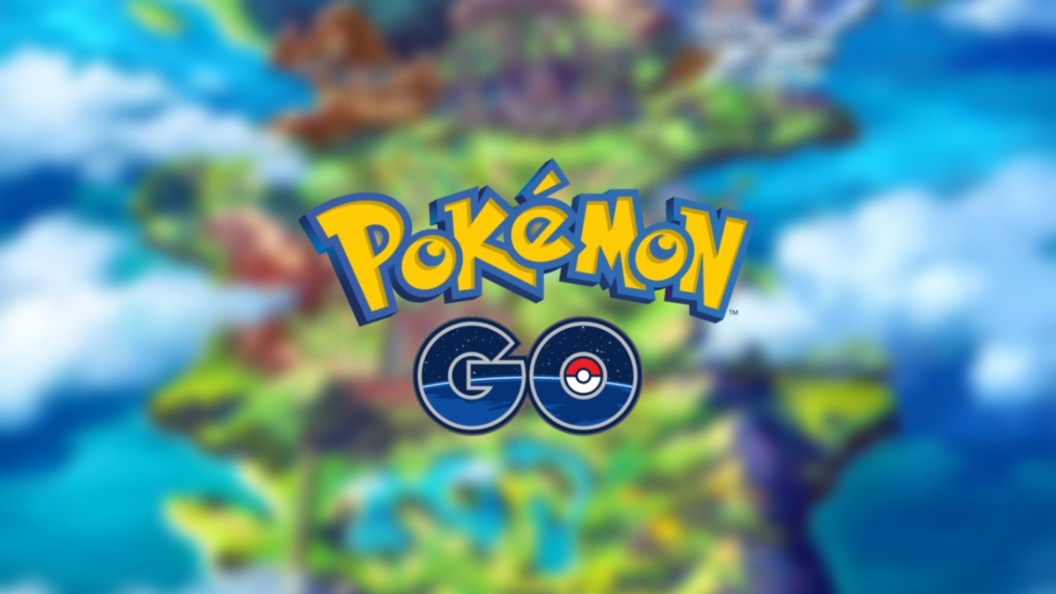Save articles for later Add articles to your saved list and come back to them any time. In 1938, during a Day of Mourning held to mark the 150th anniversary of the arrival of the First Fleet, activist Sir Doug Nicholls declared that Indigenous Australians did “not want chicken-feed ..
. we are not chickens; we are eagles”. This month, his declaration echoes through the TarraWarra Museum of Art during its ninth biennial of contemporary art.

We Are Eagles, curated by Yorta Yorta woman Kimberley Moulton, tackles the ongoing impact of colonial histories, as 23 artists explore how past practices and cultural beliefs affect us now and into the future. From feminist space travel to ancient Buddha heads and protest songs, the exhibition offers inventive ideas, deep cultural knowledge and visionary futures. At its centre, it is a reflection on human rights and how we connect to the world and one another.
Here, five artists share the stories behind their biennial works. Lisa Waup’s the birds have flown features large screen-painting prints that explore freedom, sorrow and memory. Lisa Waup, the birds have flown, 2025, screen painting on Meirat paper.
Credit: Fred Kroh Birds symbolise freedom through their ability to take flight, representing liberation, transformation and new possibilities. This imagery captures the potential for change that comes with departure. However, the same act of flying away also embodies sorrow.
The absence of the birds represents loss and the bittersweet nature of change. There’s a tension between the exhilaration of new beginnings and the melancholy of leaving something behind ..
. the lingering quality of memories becomes a central theme for how memories influence my life even after the events or experiences have passed. For me, memory is not static – it is fluid, forming an ongoing narrative that intertwines with daily life .
.. Memories are a way of making sense of change.
“Memories are a way of making sense of change,” says Lisa Waup. Credit: Peter Tarasuik As I reflect on my experiences, both personal and collective, I realise their profound influence on my future. Time, I have come to understand, is not linear but a fluid continuum.
This allows me to understand past choices, emotions and aspirations – which have been shaped by what has come before me and influence what lies ahead ...
My work invites reflection on how identities are formed amid absence and how we navigate the emptiness left by loss. I seek to deepen viewers’ understanding of their existence, highlighting the enduring impact of personal and cultural histories. Nadia Hernández’s textile and sound installation is based on Venezuelan protest music.
She invites viewers to enter an immersive environment and listen to the sound. Credit: Thomas McCammon Venezuelan protest music has been part of my life since childhood. My work has always centred protest, and I was drawn to this music because it speaks to the complexities of collective dissatisfaction, as well as critique, resilience and hope.
These songs are more than just music; they are oral storytelling, preserving moments of defiance and solidarity across generations. Artist Nadia Hernández says “Venezuelan protest music has been part of my life since childhood”. Credit: Gesi Schilling I want to connect the legacies of past singer-songwriters, define our protest song, and create a resource that allows Venezuelans – and anyone interested – to understand our history of dissent, while ensuring these voices are archived for future generations.
Protesting is essential because, really, what else do we have if not our collective voice? My work honours the resilience of protest movements worldwide, recognising the power of standing together against injustice and the way injustice is perpetrated across borders and throughout history. Thai-Australian artist Nathan Beard is showing reproductions of three bronze Buddha heads from the 13th to 16th century, currently housed in the British Museum archives. Credit: Brook James These objects are unique markers of three different styles of traditional Thai art.
Viewed alongside each other, these three iterations of the same figure represent the collective weight and breadth of history contained within archives. Artist Nathan Beard explores artistic provenance in his TarraWarra Biennial work. Credit: Leah Jing McIntosh That these objects are not whole was also important – as fragments they are reduced to objects of art, or markers of style, rather than spiritual or devotional subjects .
.. Speaking from my own perspective, seeing Thai objects in these contexts can foster an uneasy sense of inclusion.
Yet, the records are often not detailed enough to cite the specific regions or temple sites where these objects would have held religious importance. The circulation and trade of these objects also relied on value ascribed by Western tastes – and it’s hard to avoid this framing when looking at archives. While diasporic Thai communities might see these objects with dignity, relegating these items to storage also feels like an elision tinged with shame.
Lebanese-Australian artist Shireen Taweel’s video and installation centres on a fictional character, the Hajjanaut, undertaking a pilgrimage in outer space. It was partly influenced by her own pilgrimage to track the stars, travelling from Aotearoa, New Zealand, to Karajarri Country, Western Australia. Two stills from Shireen Taweel’s Pilgrimage of the Hajjanaut.
The Hajjanaut is a female, off-earth Hajj pilgrim. Hajia describes a woman who has been on the Hajj [an annual Islamic pilgrimage to Mecca]. The Hajjanaut is a challenge to the figure of the astronaut and Western exceptionalism.
The explorer of the final frontier is decolonised and reimagined as a spiritual figure – an alternative image for future space activity. The Hajjanaut centres pilgrimage, migration, science and heritage practices as resources of power, to negotiate the past, present and future of space migration. Shireen Taweel says her biennial work “challenges the prescribed notions of Muslim women”.
Credit: Tugba Demir, courtesy STATION Gallery My pilgrimage journey and the artwork are entwined. I am essentially the Hajjanaut, a female character of colour and Islamic faith, within my own fictional narrative. The pilgrimage route of my personal Hajj is unrecognised: it draws upon the history of Hajj, migration, astronomy and celestial navigation to inform a possible route and destination for pilgrims who cannot take the pilgrimage to Mecca.
The film is essentially a speculative performance and documentation of my personal pilgrimage. In this particular work, through the processes and materiality of copper, I’ve developed my own astronomical and navigation devices, as well as copper-engraved celestial maps to chart my Hajj route. It has led to a deeper understanding of the science and materiality of these historical instruments, and their relationship to the histories of pilgrimage and migration .
.. [The work] challenges the prescribed notions of Muslim women and Islamophobic beliefs.
Congolese artist wani toaishara’s video work Critical Fabulations in the Imminence of Death features layered visuals, soundscapes and poetic techniques examining the liminal space between life, death, chaos and re-memory. Water becomes a symbol of renewal and restoration. The title emerged from my deep engagement with academic and writer Saidiya Hartman’s ground-breaking work [in African American studies].
This is my attempt to apply her methodology, which combines historical and archival research with critical theory and fictionalised narratives to address gaps and silences in historical records to visual storytelling. For me, especially in this current climate, knowing what my people are going through, I think this question is best summed up through this quote by Hartman: “When we are considered the grounds of terror and not the ground on which terror is enacted. It’s in this moment of critical fabulation where I find grace, where I can begin to think of the otherwise, in this weather of anti-blackness.
” “The death and destruction of the Black body are both more visible ...
and more invisible than ever,” says wani toaishara. Credit: JM Muteba The death and destruction of the Black body are both more visible than ever – social media, etcetera – and more invisible than ever. The more you see it, the less you see it.
I’m hoping to convey a commitment to a practice of refusal. Refusal to accept Black precarity and anti-Black violence as inevitable. Especially when it concerns Africans and their diaspora.
Water, in my work ...
is what ties me to Country and culture. As a freshwater child born of the Great Lakes in Eastern Democratic Republic of Congo, water connects me to the Ba Shi peoples and ties me to my culture. It is an understanding of time as something fluid and cyclical rather than linear.
The restoration of spirit, honouring ancestors through deep respect of relationalities, creating space for new imaginings. It is death and life, destruction and rebirth, all at once. We Are Eagles is at TarraWarra Museum of Art in Healesville until July 20.
.
Entertainment

‘We are not chickens’: the cry that inspired a show of defiance

Colonialism is under scrutiny as artists in this year’s TarraWarra Biennial unleash works of freedom, feminism and protest.















